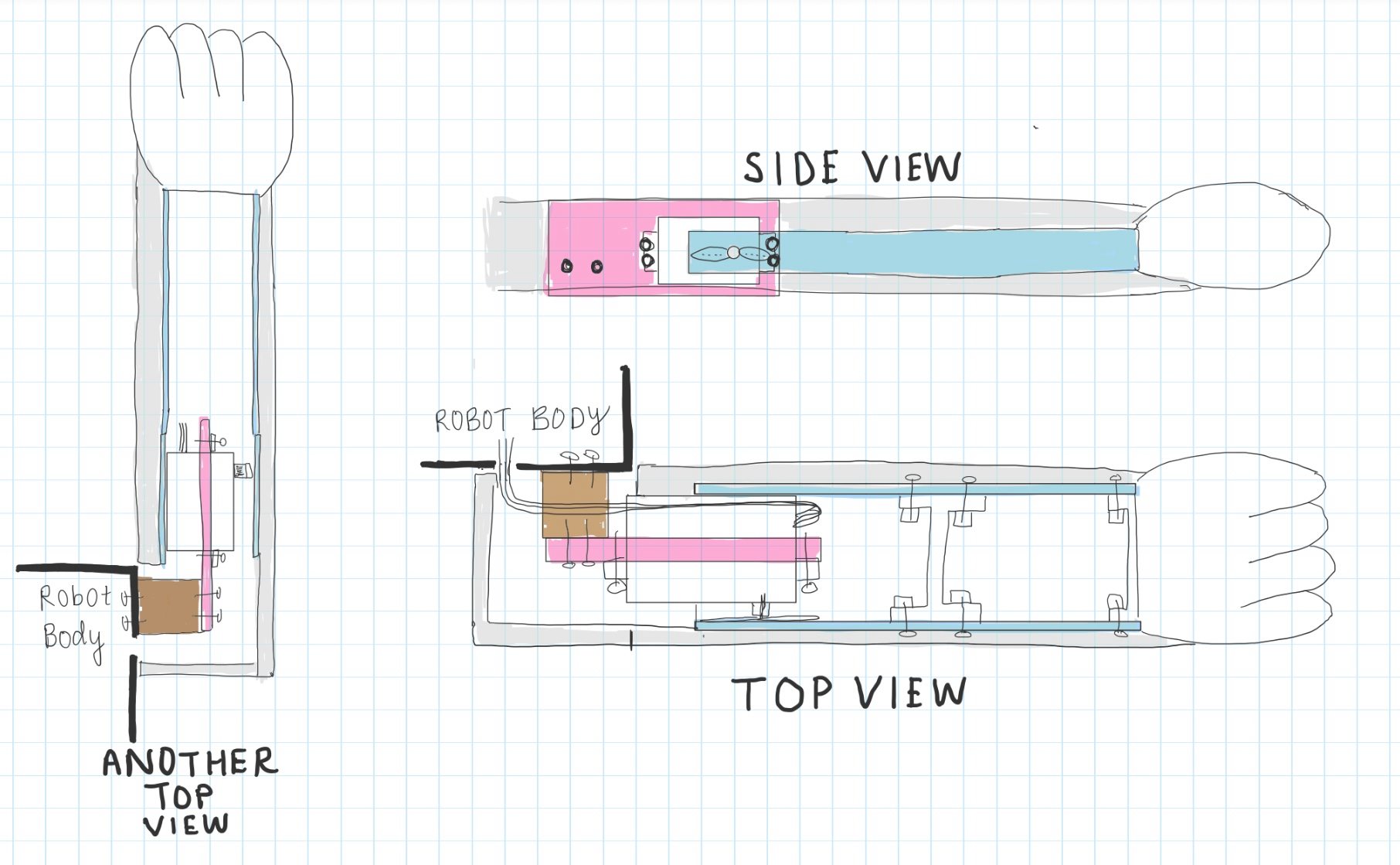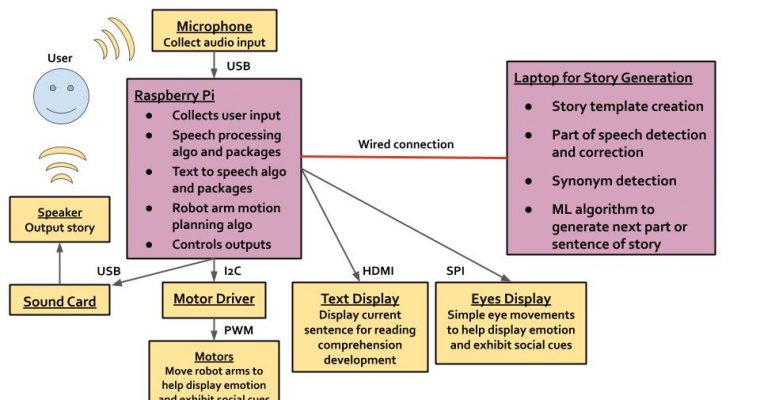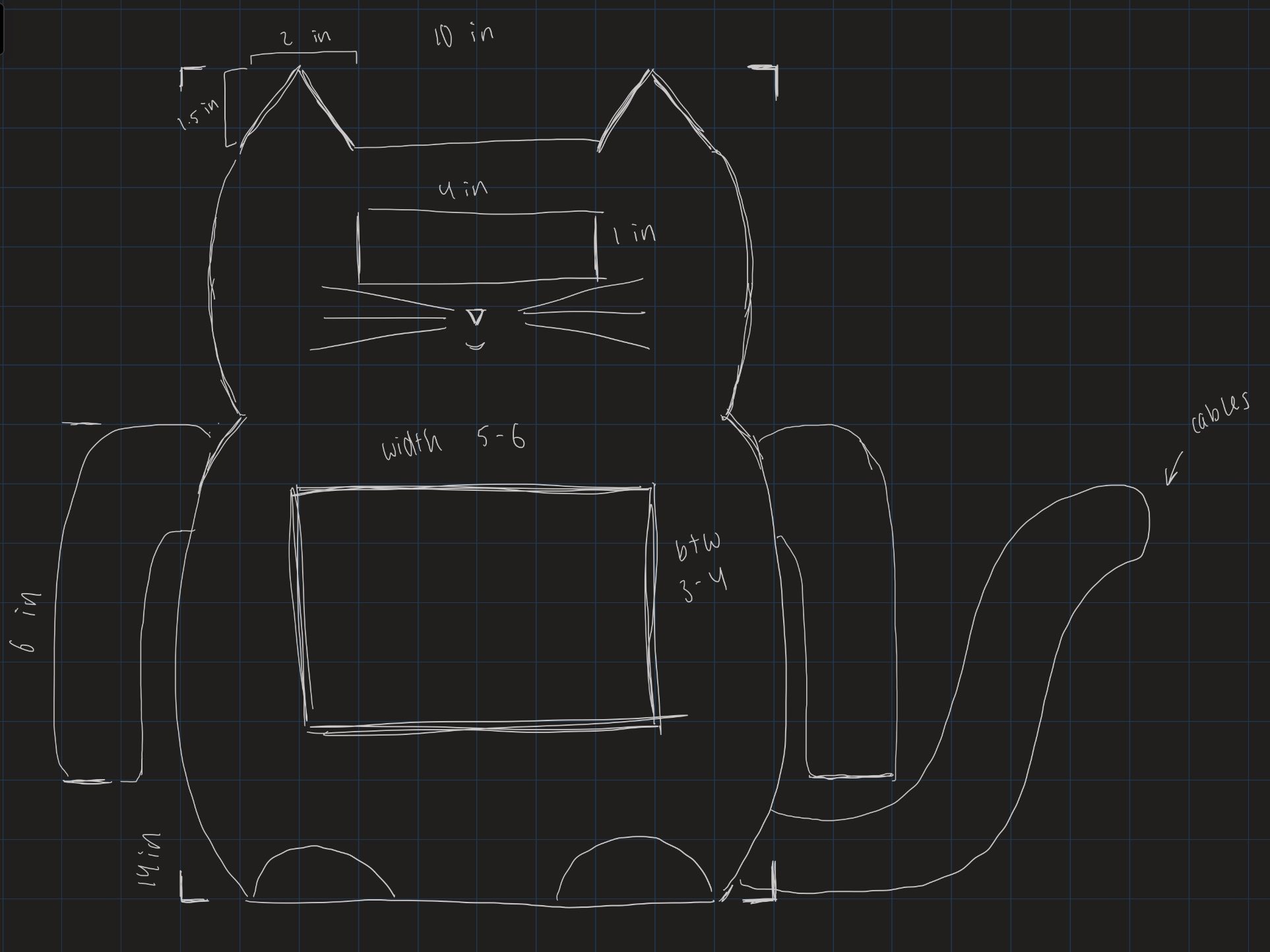The first thing I did this week was work with Jade to determine the communication protocols between all of the hardware in this project. After we determined them, I created the system architecture diagram for our design report/presentation and for future reference.
This week, my goal previously was to work on the displays and Raspberry Pis. However, since all of our parts hadn’t come in yet and we were having issues with setting up the Raspis, I pivoted my focus to designing the overall robot and robot arm. After I finished designing them, I started CADing the robot arm. Since I’m a bit rusty on mechanical design and CAD, this process has taken a bit more time than I anticipated.
I also worked on the design presentation and design report. I finished working on the design presentation and made significant progress on the report, which should reduce the amount of time I spend on it next week and let me focus on the actual project.
So far, I am on schedule. My goals for next week are to finish the design report, finish CADing the robot arm, and work on the displays/Raspi system. I would like to pivot back to the displays because they are more essential to the project than the robot arm.








